Salò Cathedral
Construction begun on the 7th October 1453, as written onto a plaque: "Anno domini 1453 die 7 Octobris lapis primis fuit huius ecclesie positus in works".
News and documentary data, according to the last major restoration, testify that the new building stands on the old one, although, the ruins show something different.
The architect Filippo delle Vacche, from Caravaggio, was the designer and the builder of the cathedral when the local superintendent for the Venetian Republic was Calbo Leonardo (1451-1453) and the dean of Salò was Giacomo da Pavia. The architectural project followed the model of the church of Saint Anastasia in Verona, with the introduction of highly innovative features that make Santa Maria Annunziata an important example of the transition between Gothic and Renaissance periods. On the north side stands the bell tower. The lower part was built in three phases, respectively secc. XI, XIII, end XIV - beginning XV.
www.parrocchiadisalo.it/duomo-salo




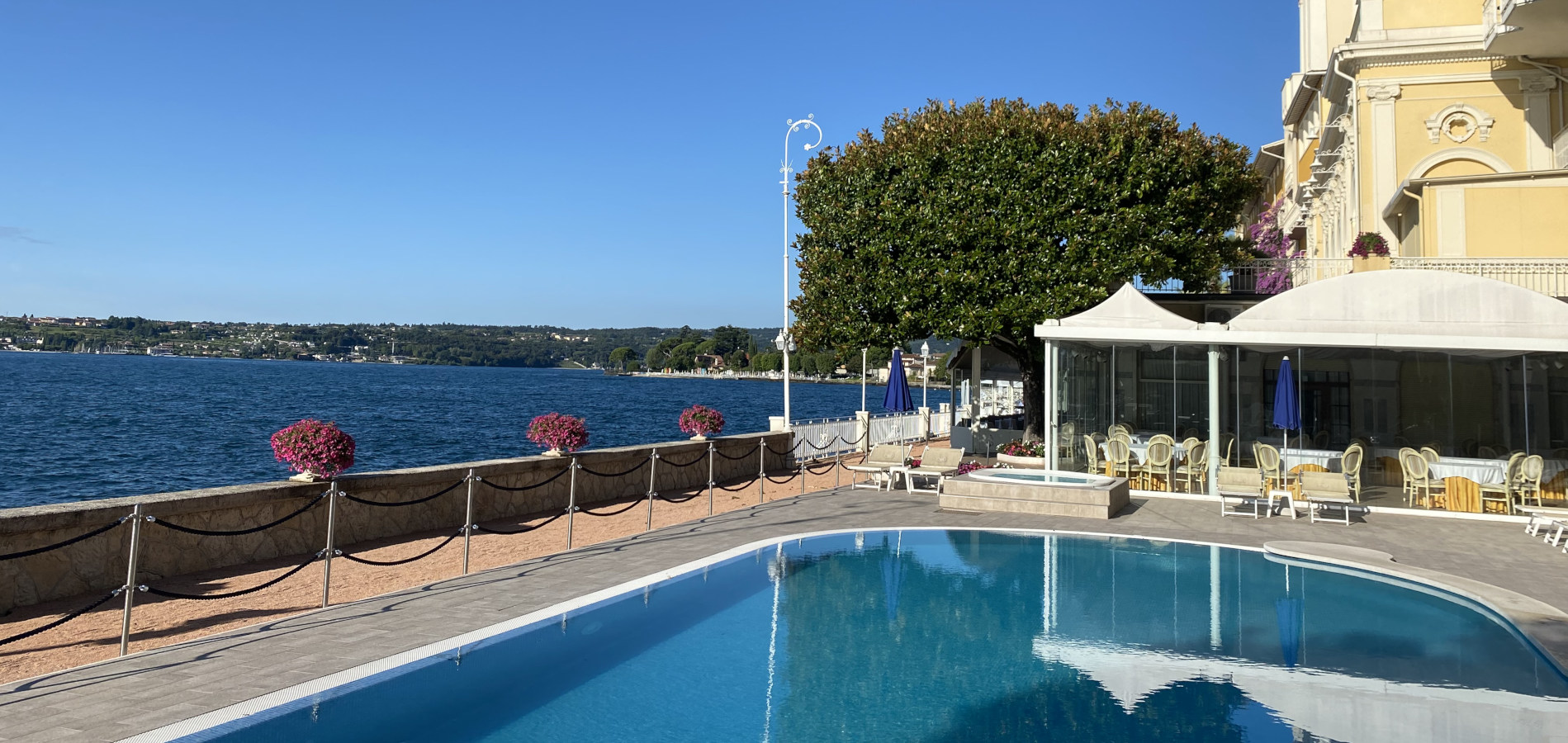

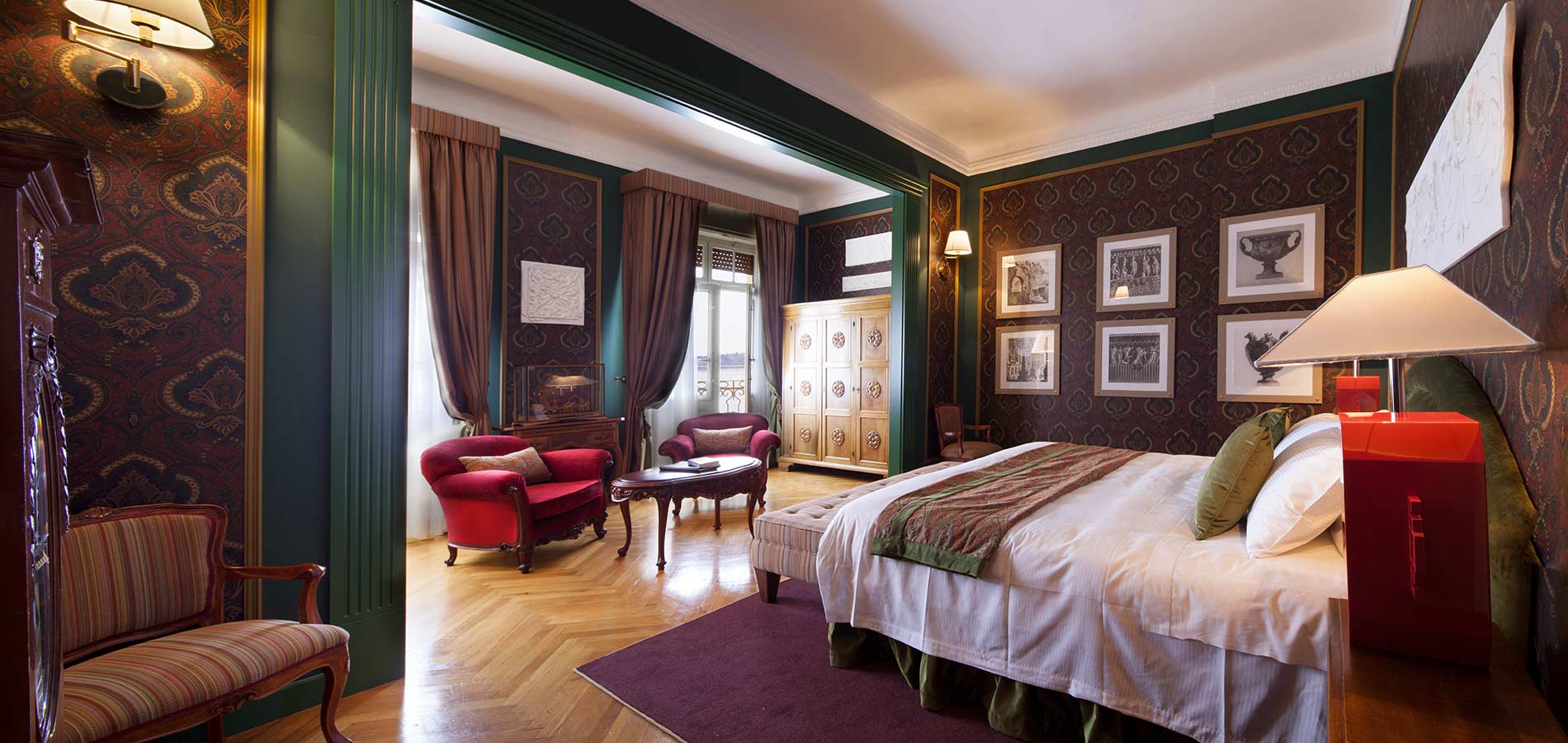
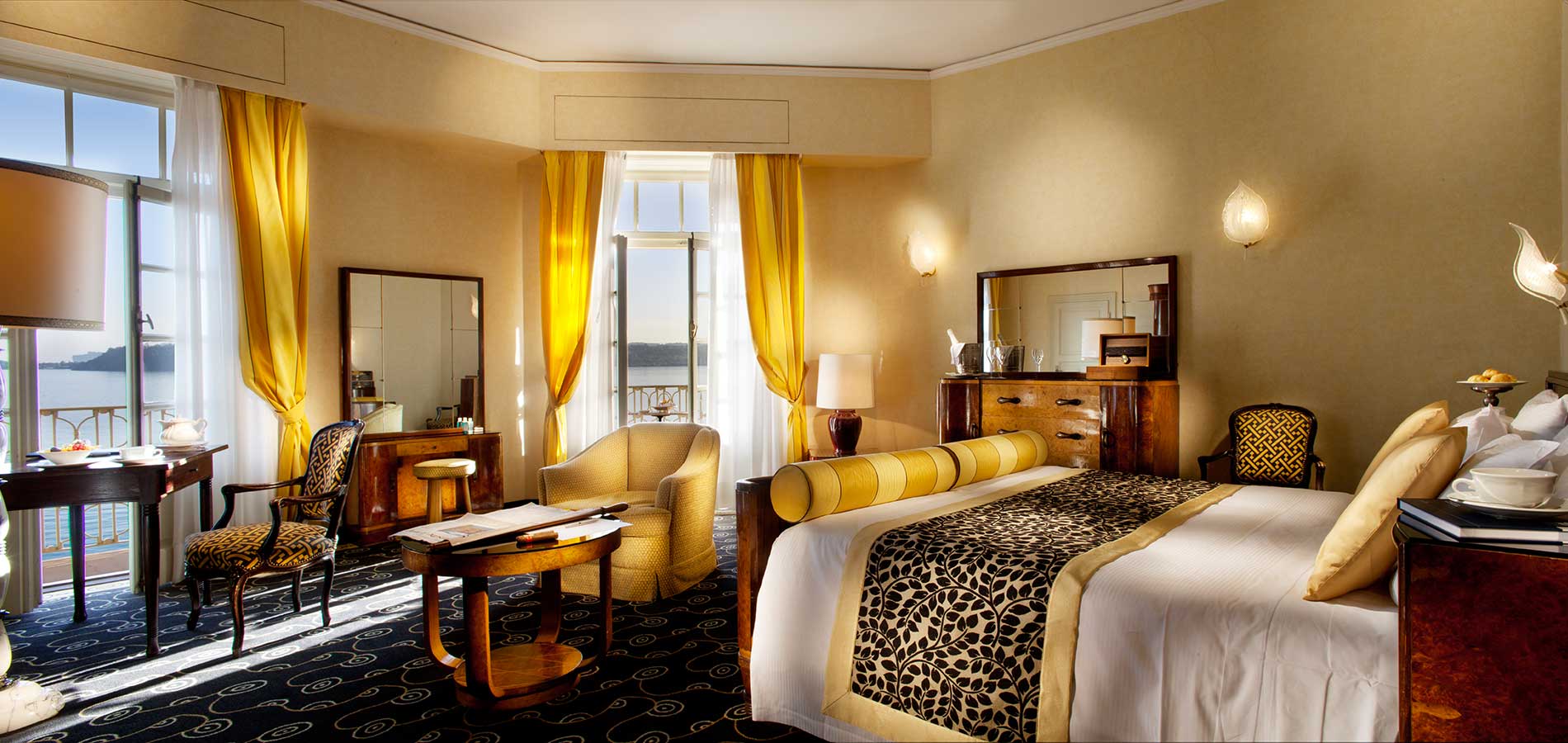
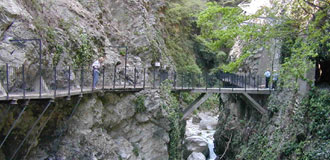
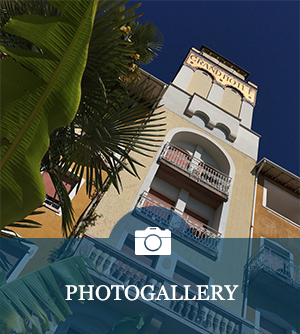

 in the entire property
in the entire property

